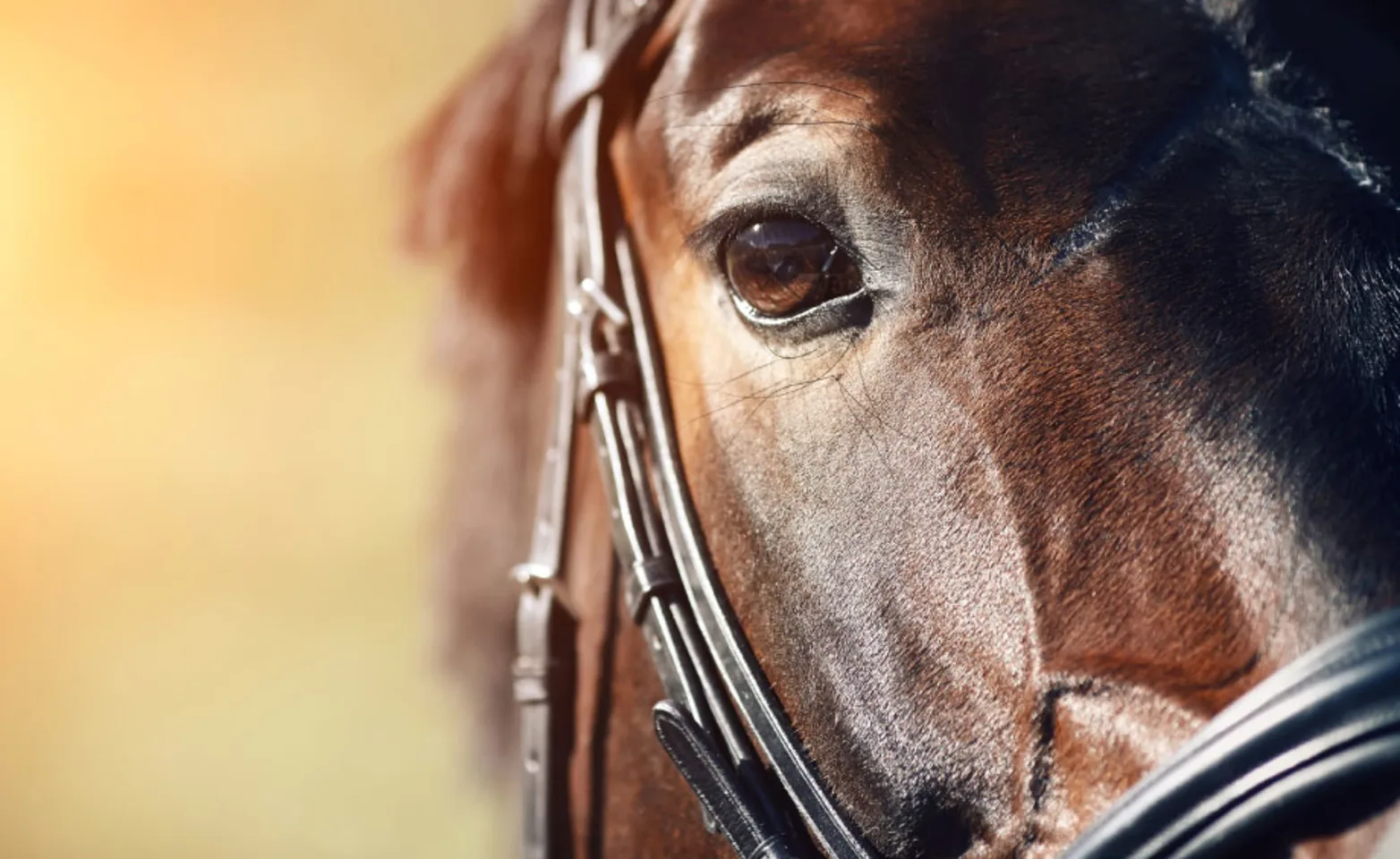Clover Valley Veterinary Services

Why would my horse need an endoscopy?
An endoscopy is a highly useful medical imaging tool used to examine your horse when they are experiencing symptoms such as weight loss, vomiting, or diarrhea. For your horse, the endoscopy can provide a minimally invasive way for your vet to diagnose gastrointestinal conditions and cancer, or in some cases, it can also be used therapeutically for an interventional endoscopy.
When is an endoscopy appropriate?
An endoscopy is a highly useful medical imaging tool used to examine your horse less invasively. An endoscopy is usually recommended when our doctors find abnormalities on bloodwork or X-rays and need to confirm a diagnosis. It can also be used for therapeutic purposes, which is termed an interventional endoscopy.
How is an endoscopy used?
An endoscopy is performed with either a flexible endoscope or with a rigid endoscope (arthroscopy, cystoscopy, laparoscopy, proctoscopy, rhinoscopy, or thoracoscopy). The machine is made up of a tube that enters the body, an eyepiece, and a control section for the doctor to maneuver the equipment. Additionally, there are two channels within the endoscope. One channel can be used for various endoscopic tools to collect fluids or samples, and the other allows air or water to pass through. Special video cameras can also be attached that allow viewing of the procedure on a screen or recording a video of the procedure.
Endoscopies performed on humans only require light sedation, however, because animals don’t understand that a veterinary team is trying to help them, they will need to be sedated under general anesthesia for the duration of the procedure.
